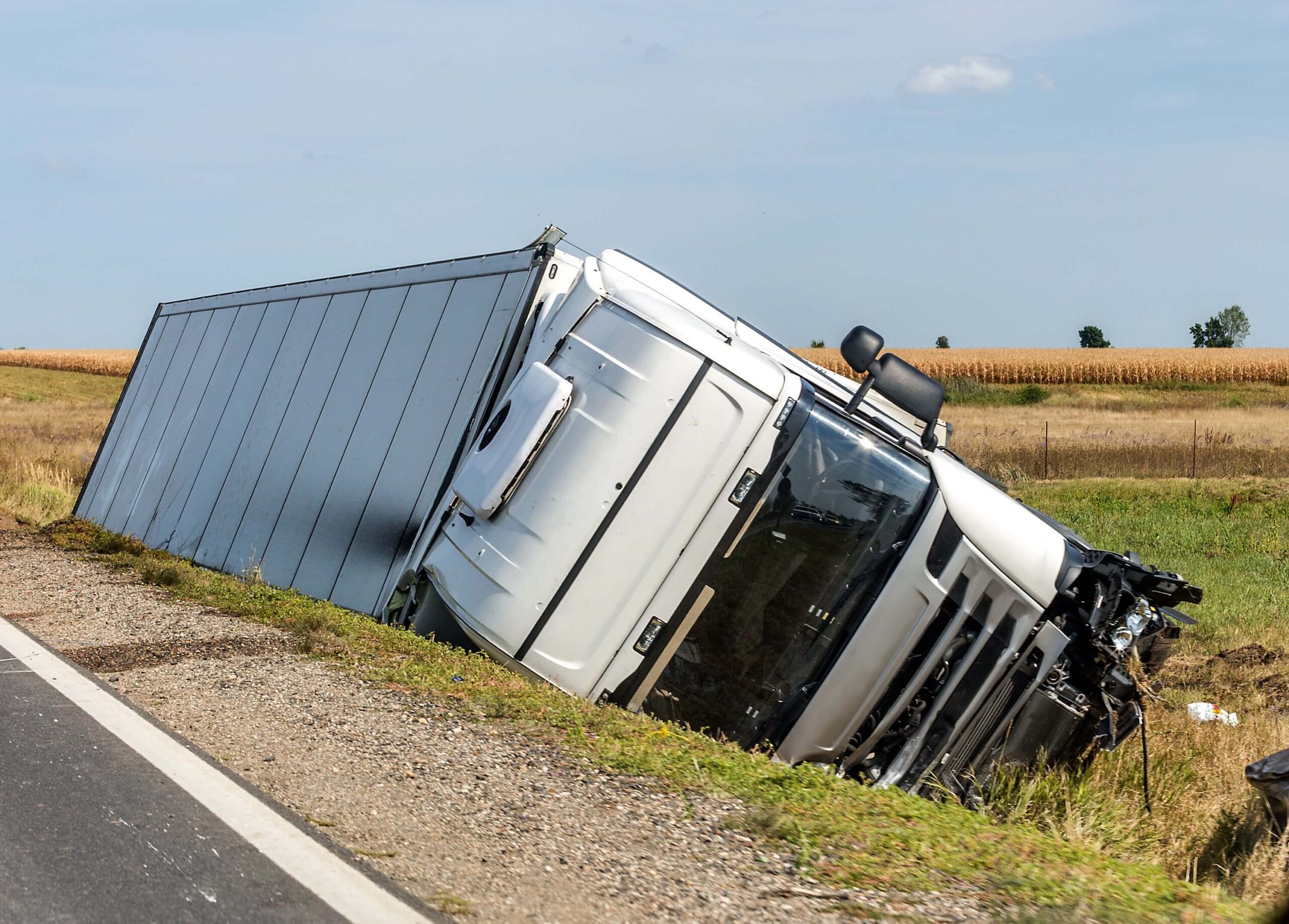While school bus injuries rarely occur, accidents do happen when children take this form of transportation to and from school and camp. Pedestrian accidents are also a concern since most incidents happen when children are boarding or exiting the school bus.
Learn about the factors that contribute to school bus accidents and measures to keep your child safe on the way to school.
Review the risks
The idea of a school bus accident involving your child is terrifying to a parent. In reality, school bus accidents make up just 1% of total annual traffic accidents according to the National Highway and Traffic Safety Administration. The agency also says that traveling by school bus is about 70 times safer than the same trip in a car. Chances are, your child will be safe on the trip to and from school.
Understand seat belt requirements
Often, parents have concerns about the lack of seat belts in school buses. According to federal safety regulations, buses weighing less than 10,000 pounds must have lap belts or both lap and shoulder belts for each passenger. Larger buses use a concept called compartmentalization to protect kids in a crash without seatbelts. The seats on school buses absorb most of the impact in a collision.
Take care at the bus stop
Avoid an accident when your child enters and exits the bus by practicing good pedestrian habits. Get to the bus stop early so your child does not have to run to catch the bus. Teach your child about the hazards of horseplay at the bus stop. Wait at least six feet away from the curb and back up when the bus approaches.
Your child should not enter the bus until it has completely stopped. Never walk behind or cross in front of a school bus. If your child cannot avoid crossing, make eye contact to ensure that the driver sees you.
If an accident does occur, you may have legal recourse. Personal injury claim in Sarasota may provide coverage for your child’s medical bills and other associated costs of the incident.













